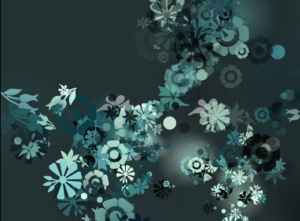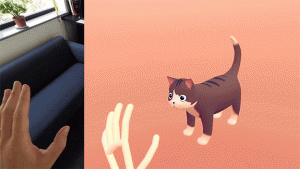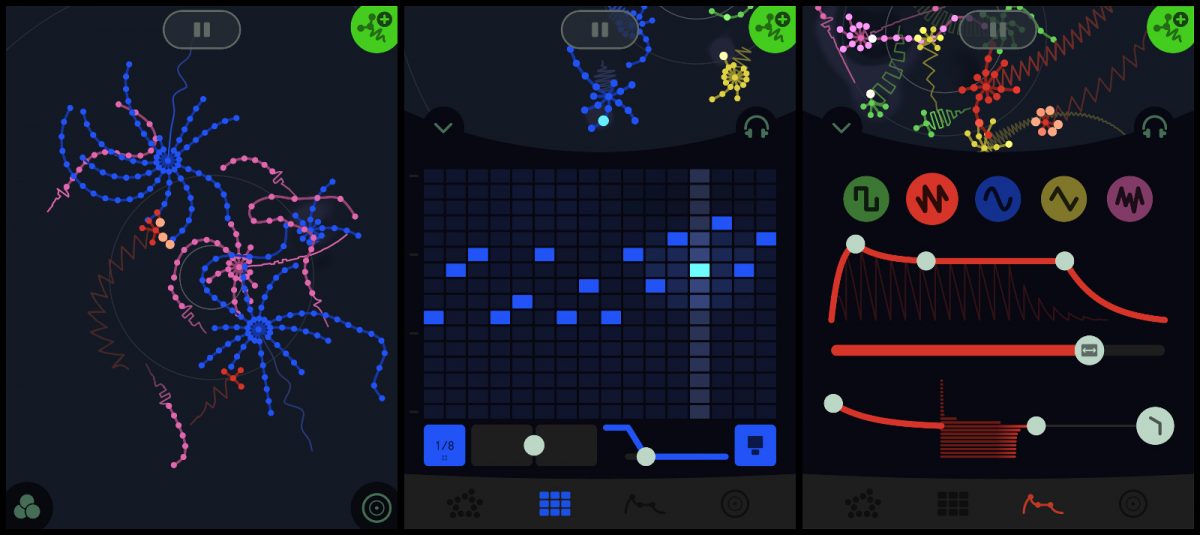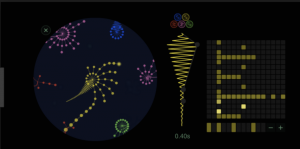Nunu & Willump League of Legends Champion Spotlight
In Robert Oh’s first Looking Outward, he reviewed the visual game update of a longtime League of Legends (multiplayer online game) champion. He mentioned that, “Riot is aiming towards making their boring characters more interesting by adding new skills that make them feel more fun to play.” As an avid player of this game, I wholeheartedly agree with this statement. Although I only started playing League of Legends 2 years ago, I find that something that keeps me engaged in the game is the consistent changes they make to their champions, gameplay, items, and abilities. This is a very great strategy implemented by Riot Games to keep the game feeling fresh despite the base mechanics of the game remaining the same.
One aspect I would like to clarify on is when Robert states that every couple months, Riot chooses to to update old characters to make them feel fresh and new. The original Nunu was released far back on February 21, 2009. The updated Nunu was released on August 29, 2018. It took about 9 years for them to update this champion. Many other champions are also waiting on a visual game update. My hypothesis is that they want to make sure that their updates will be radical and refreshing and not just minor changes. In between, they will often release brand new champions, further delaying the updates of previous champions.
As a player of this champion, the visual game update proved to be very exciting and worth the wait. I hope Riot will continue to re-envision their previous art and champion styles in order to keep the game a fresh and exciting game to play!
![[OLD FALL 2018] 15-104 • Introduction to Computing for Creative Practice](../../wp-content/uploads/2020/08/stop-banner.png)




